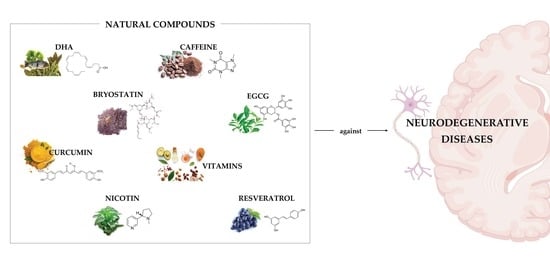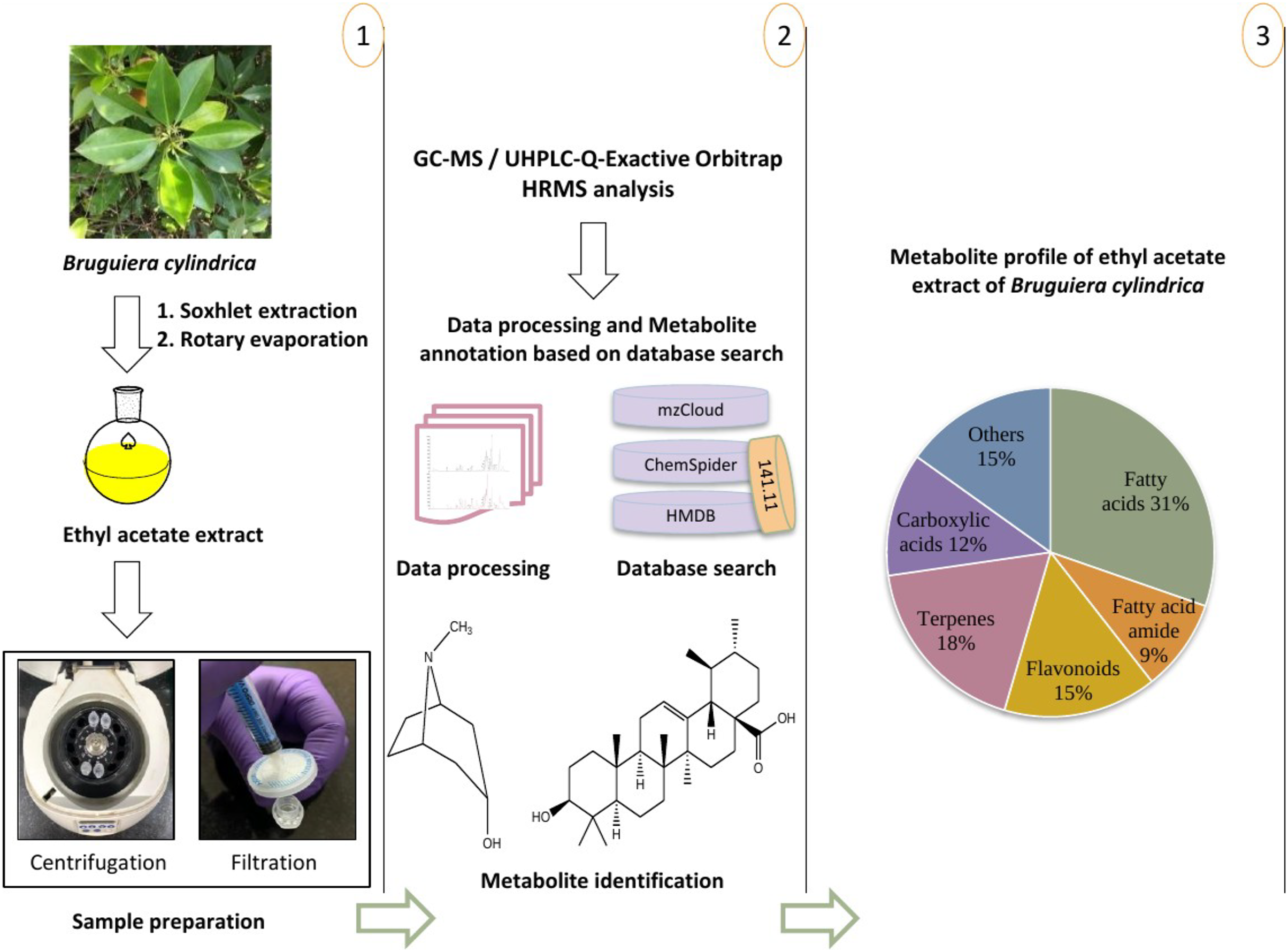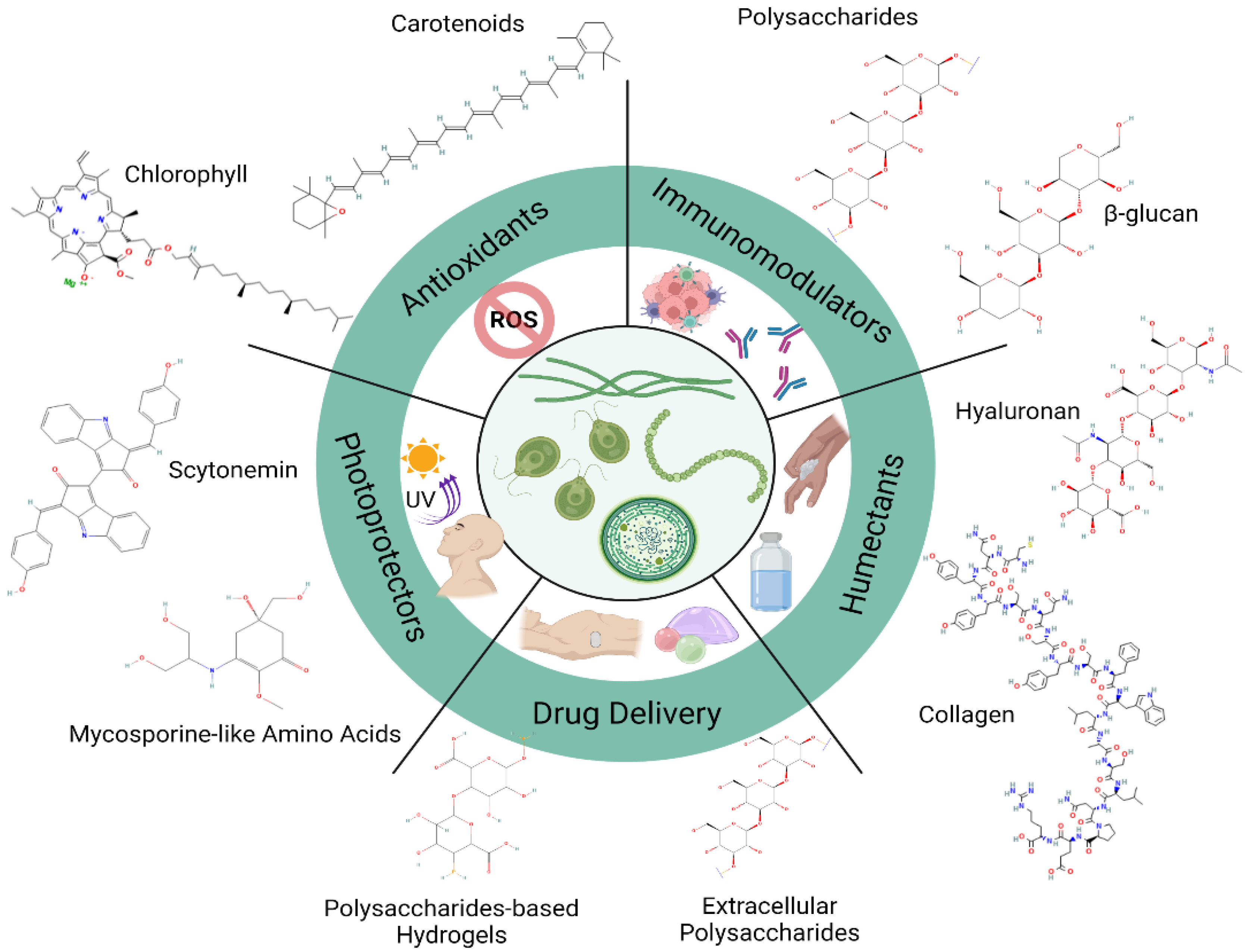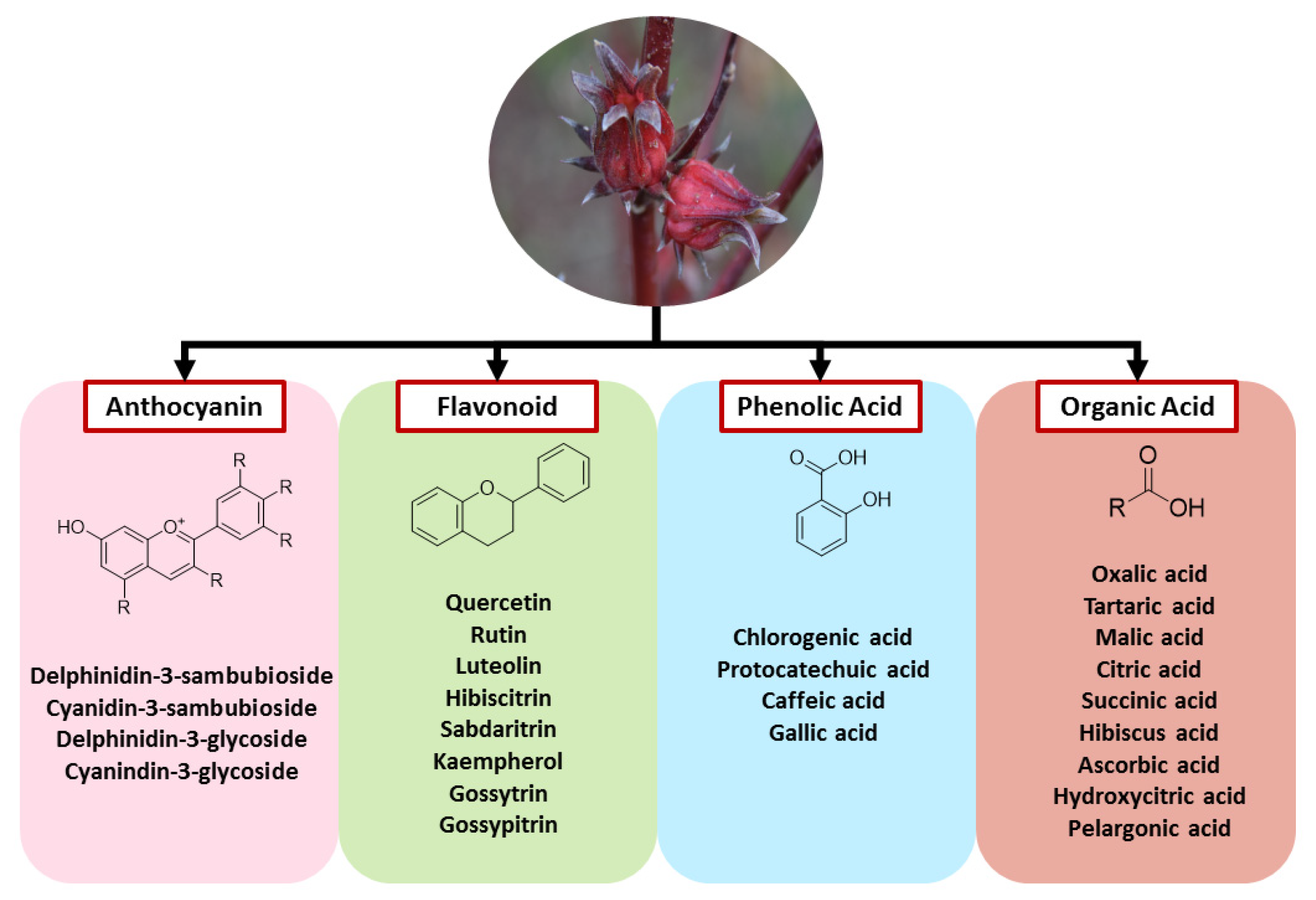What Are The Potential Therapeutic Applications Of The Chemical Compound

In a world grappling with increasingly complex and resistant diseases, the search for novel therapeutic interventions has never been more urgent. Scientists are meticulously scrutinizing the potential of existing and newly synthesized chemical compounds to address unmet medical needs. One such compound, currently known only by its research designation XYZ-123, is showing remarkable promise across a surprisingly broad spectrum of applications, fueling both excitement and cautious optimism within the scientific community.
While still in the early stages of research, XYZ-123 has demonstrated significant activity in preclinical studies, hinting at its potential to revolutionize treatment paradigms for conditions ranging from neurodegenerative diseases to certain types of cancer and even inflammatory disorders. The compound's unique mechanism of action, involving targeted modulation of specific cellular pathways, distinguishes it from existing therapies and opens up possibilities for addressing previously intractable aspects of these diseases. However, significant hurdles remain, including rigorous clinical trials to assess safety and efficacy in human subjects, before XYZ-123 can become a viable treatment option for patients.
Neurodegenerative Disease Applications
The initial spark of interest in XYZ-123 arose from its observed effects on neuronal survival in in-vitro models of Alzheimer's disease. Specifically, researchers noted that the compound appeared to mitigate the toxic effects of amyloid-beta plaques, a hallmark of the disease. This has spurred further investigation into its potential to slow or even halt the progression of neurodegenerative conditions.
Dr. Anya Sharma, lead researcher at the National Institute of Neurological Disorders and Stroke (NINDS), presented compelling data at a recent neuroscience conference. Her team's work showed that XYZ-123 not only reduced amyloid-beta accumulation but also improved cognitive function in animal models of Alzheimer's. She stated, "These results are encouraging, but it is crucial to remember that animal studies do not always translate to humans."
Furthermore, studies are underway to assess the compound's effectiveness in models of Parkinson's disease. Early findings suggest that XYZ-123 may protect dopaminergic neurons, which are selectively lost in Parkinson's, offering a potential neuroprotective strategy. The mechanisms underlying this protection are still under investigation.
Potential in Cancer Treatment
Beyond neurodegenerative diseases, XYZ-123 has exhibited promising anti-cancer activity in preclinical studies. Researchers have observed that the compound can selectively inhibit the growth of certain cancer cell lines while leaving healthy cells largely unaffected. This selectivity is crucial in minimizing the side effects often associated with traditional chemotherapy.
In vitro and in vivo studies suggest that XYZ-123 disrupts the signaling pathways that drive cancer cell proliferation and survival. Specifically, it appears to target certain kinases involved in cell cycle regulation, leading to cell cycle arrest and apoptosis (programmed cell death) in cancer cells. This targeted approach has generated considerable interest in the oncology field.
According to a report published by the American Cancer Society, several research groups are exploring the potential of XYZ-123 in combination with existing cancer therapies. The goal is to enhance the efficacy of these treatments while reducing their toxicity. Clinical trials are planned to evaluate the compound's effectiveness in treating specific types of cancer, such as lung and breast cancer.
Anti-Inflammatory Properties
Another area of active investigation is the potential of XYZ-123 to treat inflammatory disorders. Studies have revealed that the compound possesses potent anti-inflammatory properties, suppressing the production of pro-inflammatory cytokines. These cytokines are key mediators of inflammation and contribute to the pathology of many chronic diseases.
Researchers at the Mayo Clinic have shown that XYZ-123 can reduce inflammation in animal models of rheumatoid arthritis. The compound effectively inhibited the activation of immune cells and reduced joint damage in these models. This suggests a potential role for XYZ-123 in the treatment of autoimmune diseases.
Furthermore, preliminary data suggests that XYZ-123 may be beneficial in treating inflammatory bowel disease (IBD). The compound has been shown to reduce inflammation in the gut and improve symptoms in animal models of IBD. However, more research is needed to confirm these findings and to determine the optimal dosage and route of administration.
Challenges and Future Directions
Despite the promising preclinical results, significant challenges remain before XYZ-123 can be translated into a clinically useful therapy. The most pressing concern is the need for rigorous clinical trials to assess its safety and efficacy in human subjects. These trials will need to be carefully designed to evaluate the compound's effectiveness in treating specific diseases and to identify any potential side effects.
"We are cautiously optimistic about the potential of XYZ-123," said Dr. David Chen, CEO of PharmaCorp, a pharmaceutical company funding some of the clinical research. "But it is important to remember that many promising compounds fail during clinical trials. We must proceed with caution and ensure that patient safety is our top priority."
Another challenge is the need to optimize the compound's formulation and delivery. XYZ-123 is currently administered intravenously, which is not ideal for long-term treatment. Researchers are exploring alternative routes of administration, such as oral delivery, to improve patient convenience and adherence.
Looking ahead, the future of XYZ-123 hinges on the results of ongoing and planned clinical trials. If these trials are successful, the compound could potentially transform the treatment landscape for a variety of diseases. Further research is also needed to fully elucidate its mechanism of action and to identify biomarkers that can predict patient response.
The development of XYZ-123 underscores the importance of continued investment in basic research and drug discovery. While the journey from bench to bedside is often long and arduous, the potential rewards are immense. The prospect of alleviating suffering and improving the lives of millions of people worldwide serves as a powerful motivation for scientists and researchers around the globe.


















